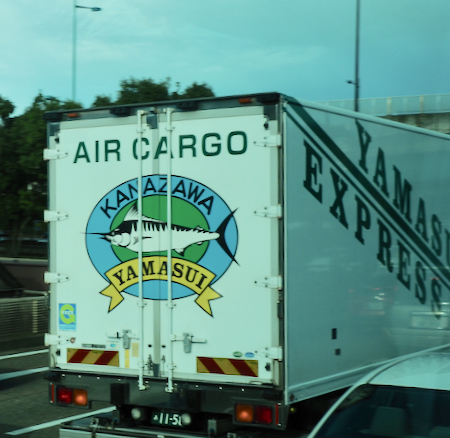
Do you think this truck carries fish?
|
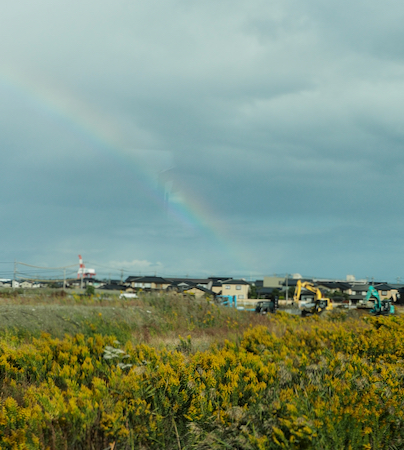
Rainbow over the fields
|
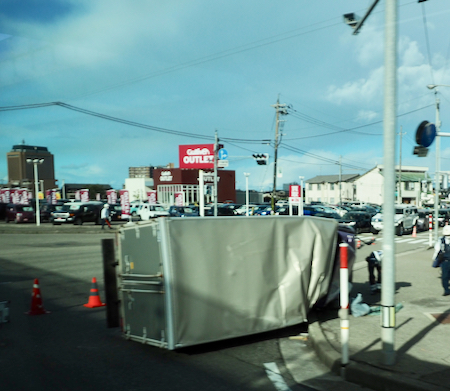
This truck has a problem
|
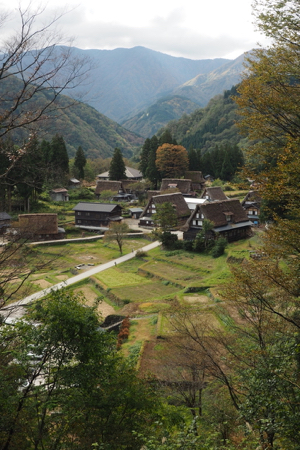
Village of Ainokuro Gassho
|
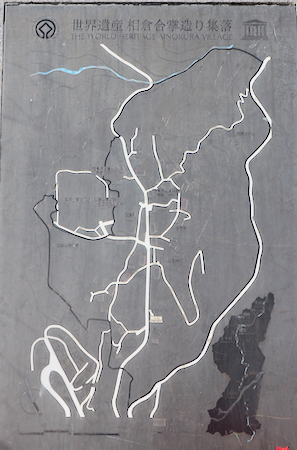
Village map
|
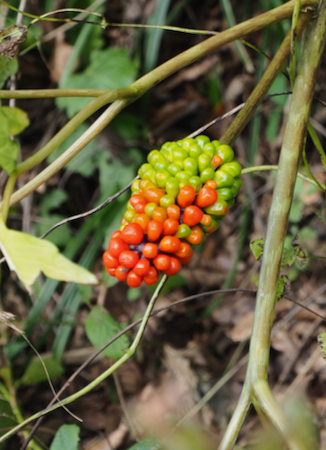
|
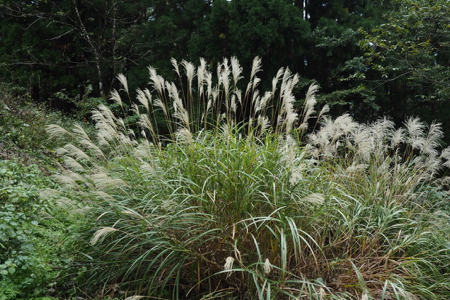
Pampas grass |
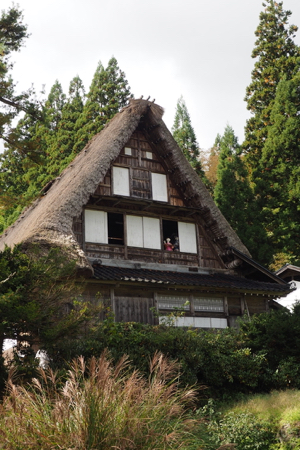
Village of Ainokuro Gassho
|
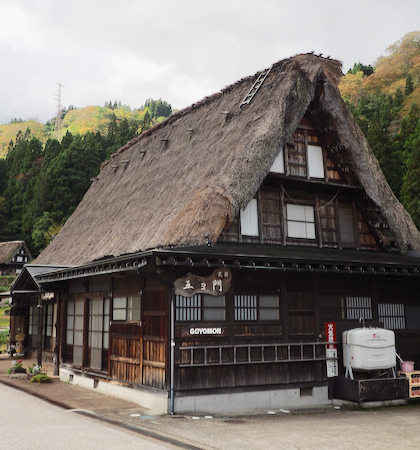
Village of Ainokuro Gassho- steep, thatched roofs
|
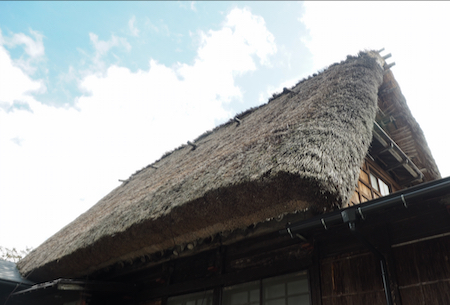
Village of Ainokuro Gassho - steep, thatched roofs
|
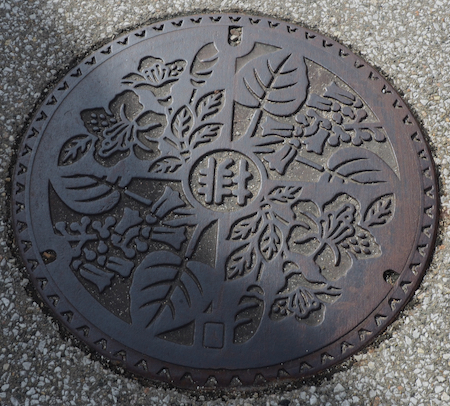
|
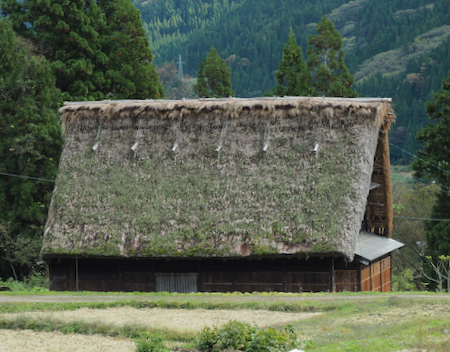
Village of Ainokuro Gassho - looks like lots of greenery growing on this roof
|
At the next village, Toyama, we visited the Taira Mountain School and learned to make Mochi rice cakes. Mochi is made from a short-grain glutinous type of rice - it is stiffer than sticky rice. Group members took turns pounding the rice into a glutinous paste after which the local ladies squeezed it into bite-sized balls and coated some with soy sauce and others with brown sugar and soy powder. It was gummy to eat and hard to swallow. Not a favorite.
|
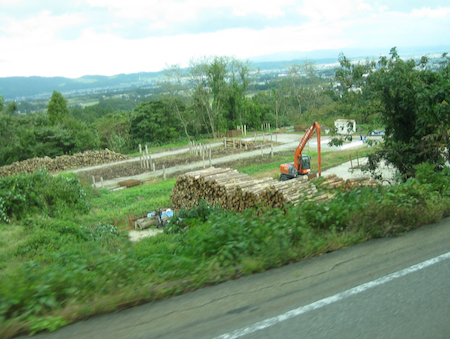
Logging operation
|
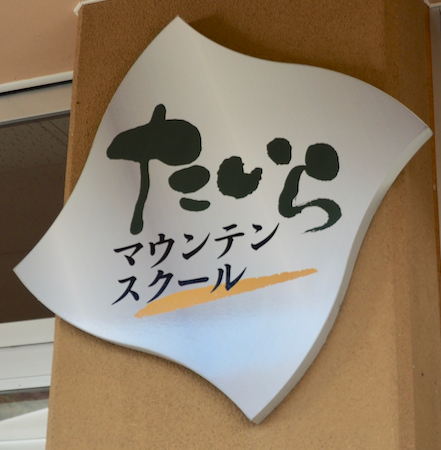
Taira Mountain School
|
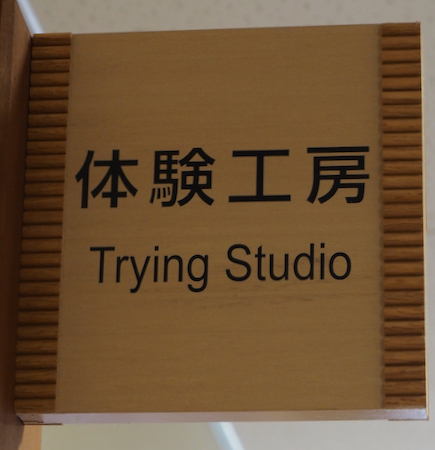
Place for experimentation?
|
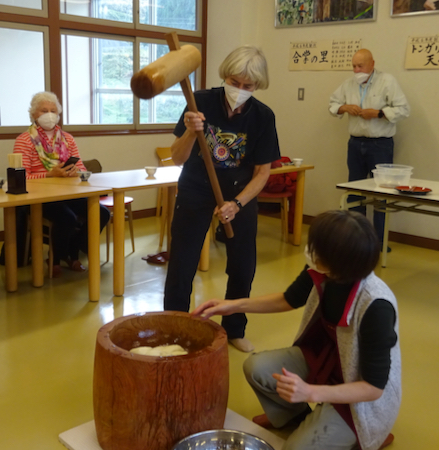
Pounding the rice
|
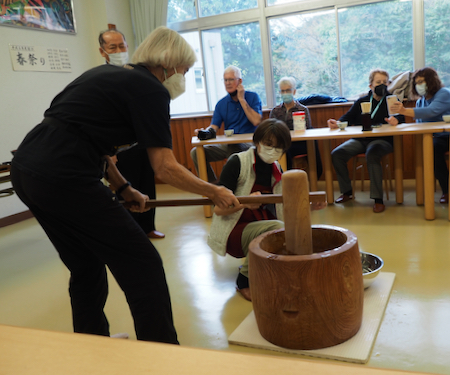
Pounding the rice |
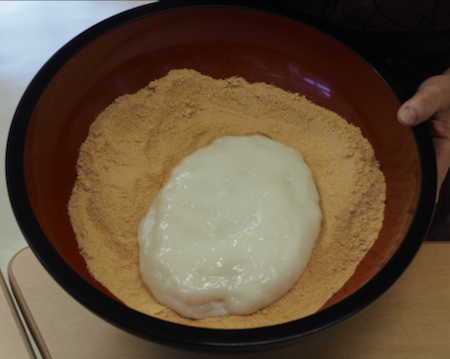
Making the rice cakes or balls - Mochi
|
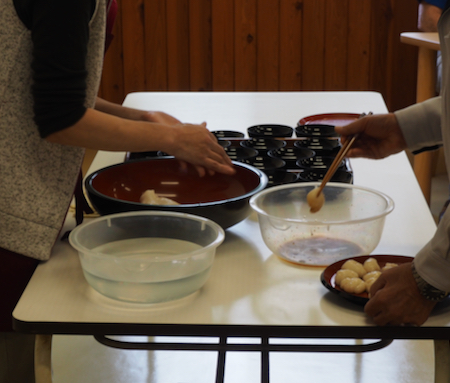
Coating the rice cakes or balls with soy sauce or brown sugar
|
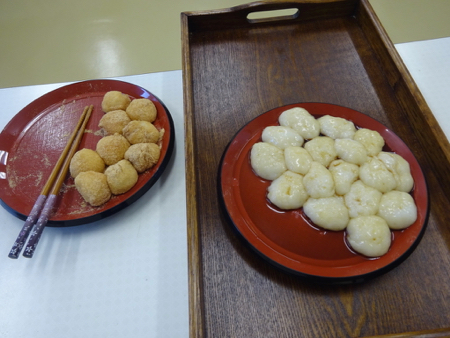
Finished Mochi
|
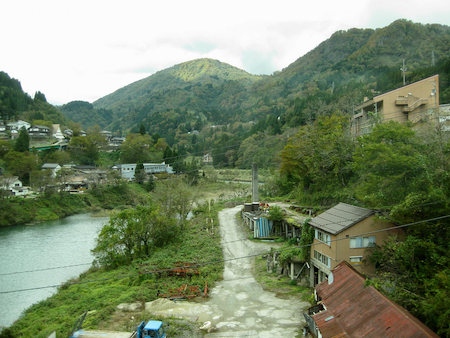
Pretty countryside
|
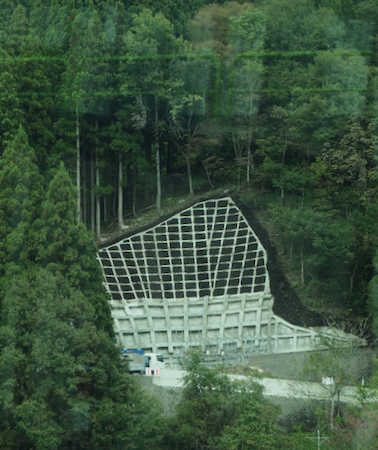
Rock slide mitigation - method 1
|
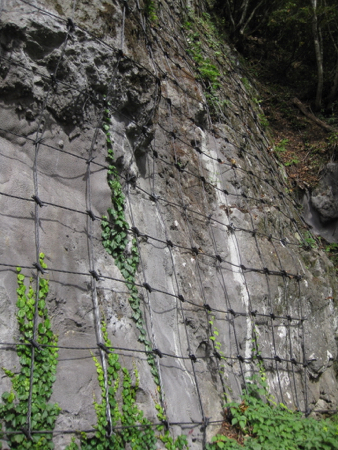
Rock slide mitigation - method 2 |
Next we went to another area to experience making Washi paper, a fibrous paper made from mulberry bark. It is a 600-year-old process and has at least 15 laborious steps. We got to make paper cards by dipping a screen into the vat of liquid fibers, attaching cut out designs to it and letting it dry. The workmen dried them and finished the cards for us. It was interesting and fun.
|
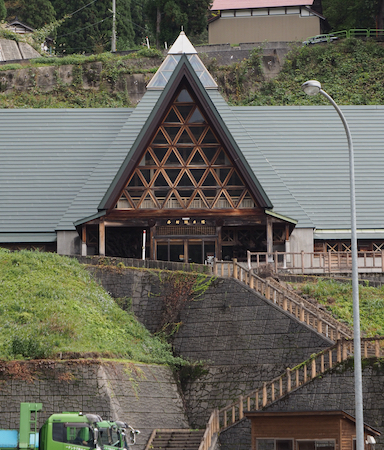
Decorative entrance to the paper making building'
|
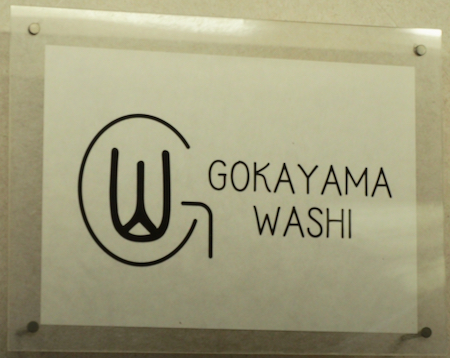
|
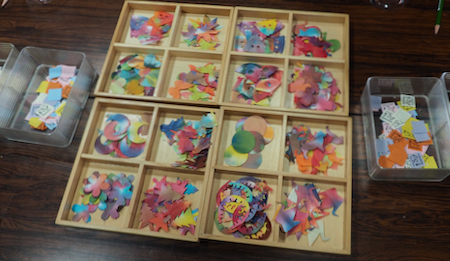
Decorations to put into the paper |
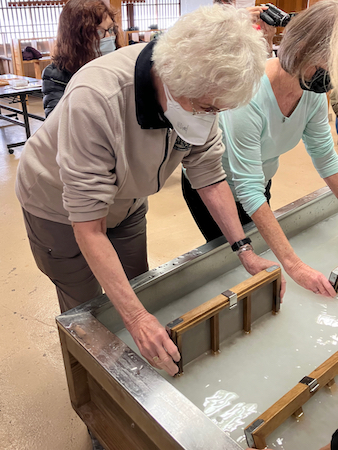
Dipping the screen into the liquid fibers
|
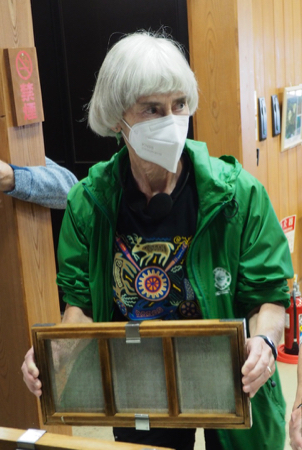
Rotating the frame to dip again |
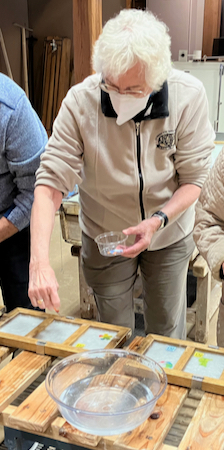
Placing the decorations onto the cards
|
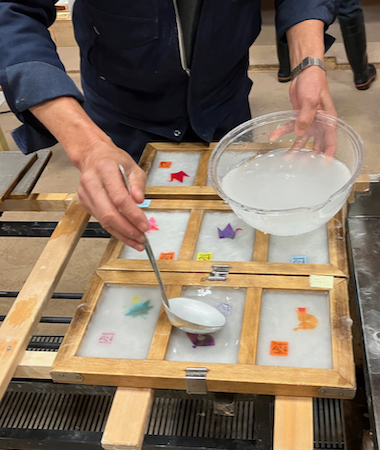
Putting liquid on top of the decorations
|
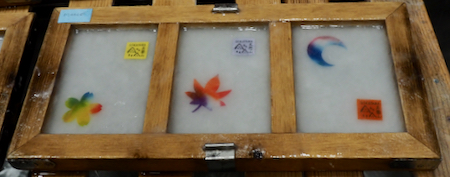
Drying the products
|
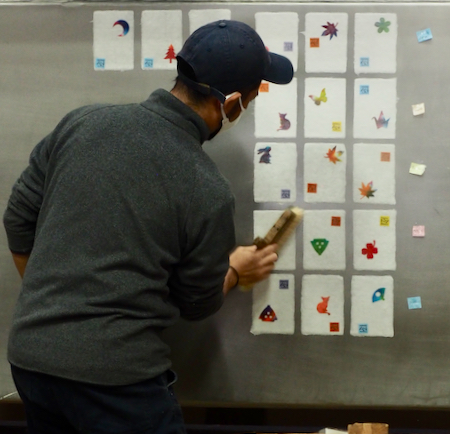
Finishing step
|
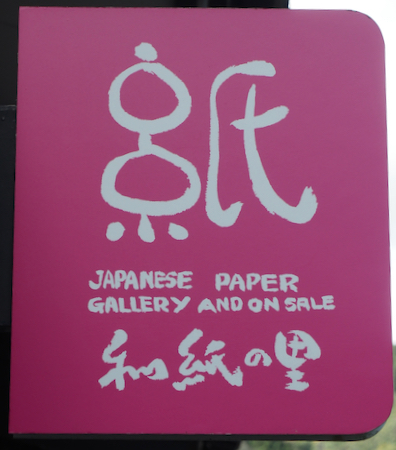
Some time was spent in the shop looking at the beautiful products made from Washi paper. The shop also had paper supplies for sale.
|
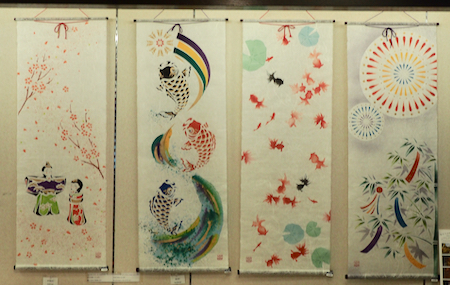
Wall hangings |
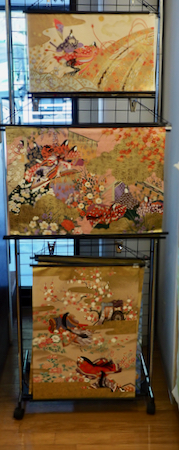
|
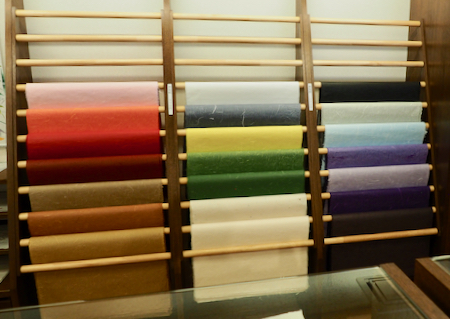
A selection of colorful papers
|
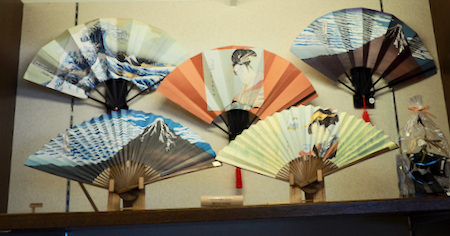
Japanese fans
|
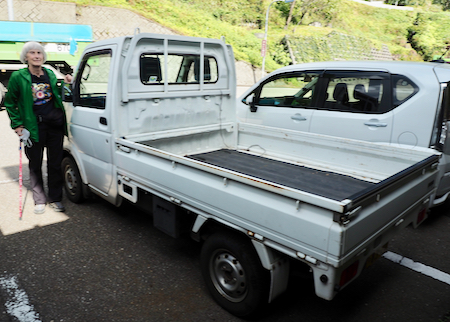
Such small vehicles!
|
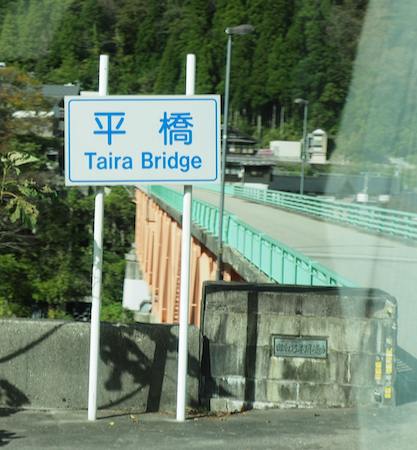
|
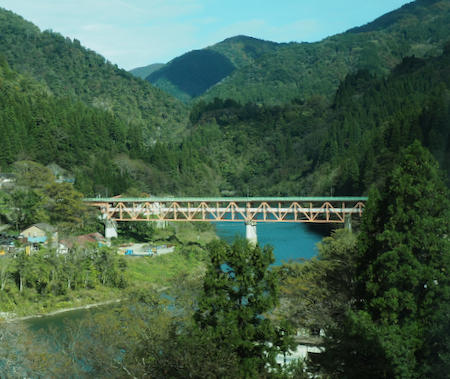
Taira Bridge |
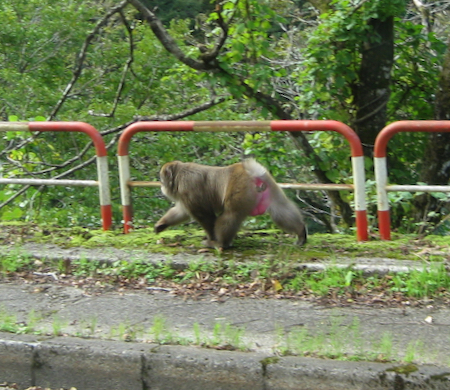
Macaque monkey
|
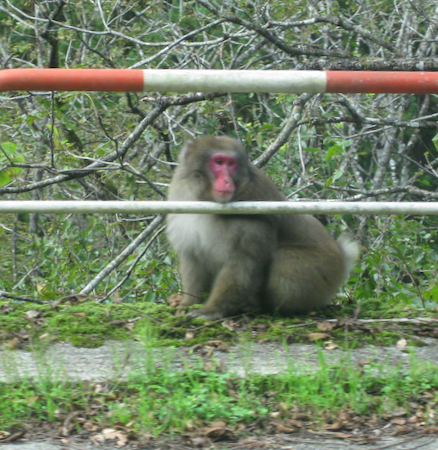
Macaque monkey
|
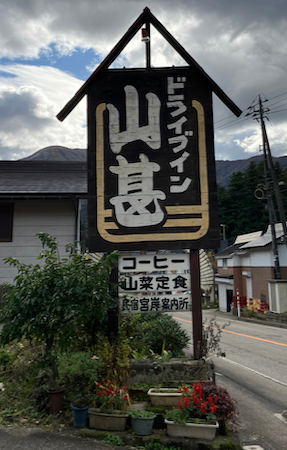
Lunch at Yamajin restaurant where we ate Soba (buckwheat) noodles
|
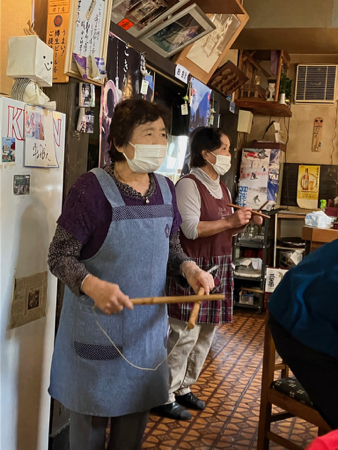
Local style of music is called kokiriko
|
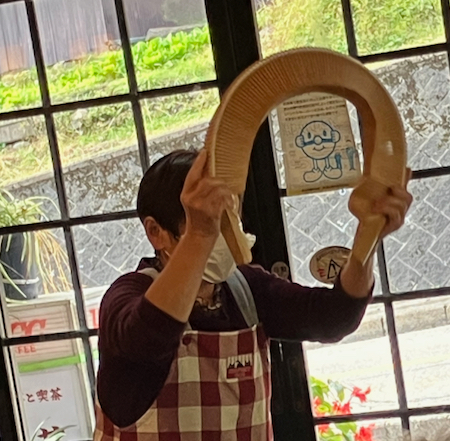
Percussion instrument called a sasara
|
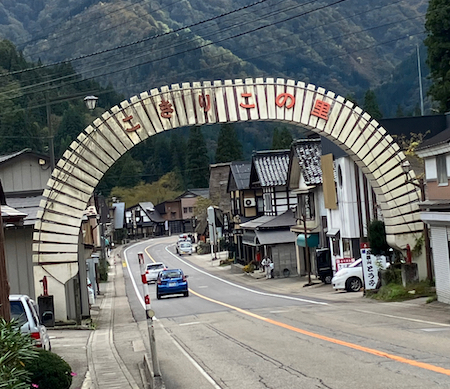
Welcome arch in the shape of a sasara
|













































